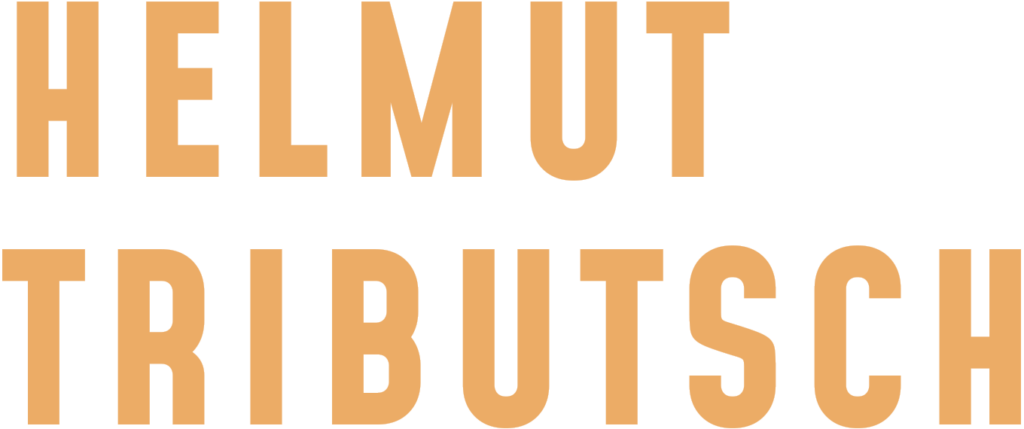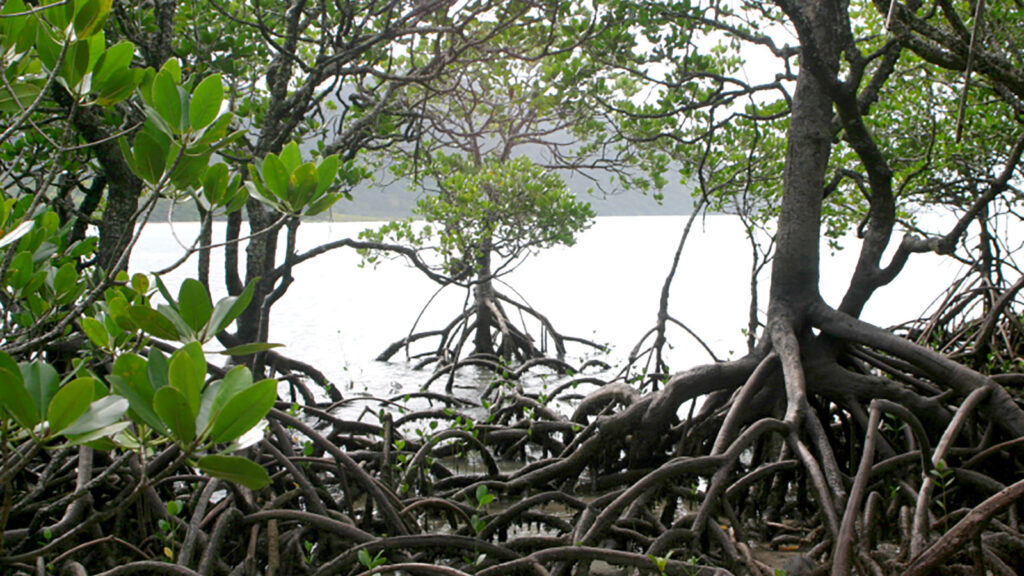Freshwater has already become a strategic resource. Mangroves can desalinate sea water at ambient temperature with solar energy. However, science has not yet been able to develop this technology because it is self-organising and cannot be understood with the passive time that currently applies in physics.
I propose an ambitious research and development strategy aimed at reintegrating industrial civilisation with nature’s energy and material economy within this century. A first key target is cheap hydrogen from areas of the planet where sustainable energy is available at the highest density: from stormy seas (Refs. 433, 453).
The hydrogen is then combined with a carbon carrier, initially from gasified biomass, to produce sustainable fuel. Gradually, other biomimetic technologies will contribute, such as a futuristic bacteria-based biomass technology for carbon dioxide fixation that needs neither fertile soil nor good climate. Nature does not pollute the environment or the seas. For this reason, the criteria that nature uses in the selection and development of materials should be carefully considered.
One argument in favour of following nature’s lead is that the challenge of energy and material supply is too sensitive a problem area to leave to pure human ingenuity (the historical examples, of coal, oil, plastics and nuclear technology should already confirm this view).
This opinion is also underlined by the unconscious fear known from some ancient civilisations, but also from modern experience: the tools that man creates will eventually kill him (Ref. 199).
The Moche civilisation of ancient Peru agonised over the idea that their technological products would grow arms and legs and become strong enough to kill even humans. This actually happened because this culture had not dealt with its environment in a sustainable way. The ancient Taoist philosophy of China also insists that human activities should fit into those of nature so that nature can continue its strategy. In the book “Earth, Where Are You Going?” (Book Erde, wohin gehst Du? Solare Bionik-Strategie: Energie-Zukunft nach dem Vorbild der Natur) I explored the possibilities for this.


 Deutsch
Deutsch Italiano
Italiano